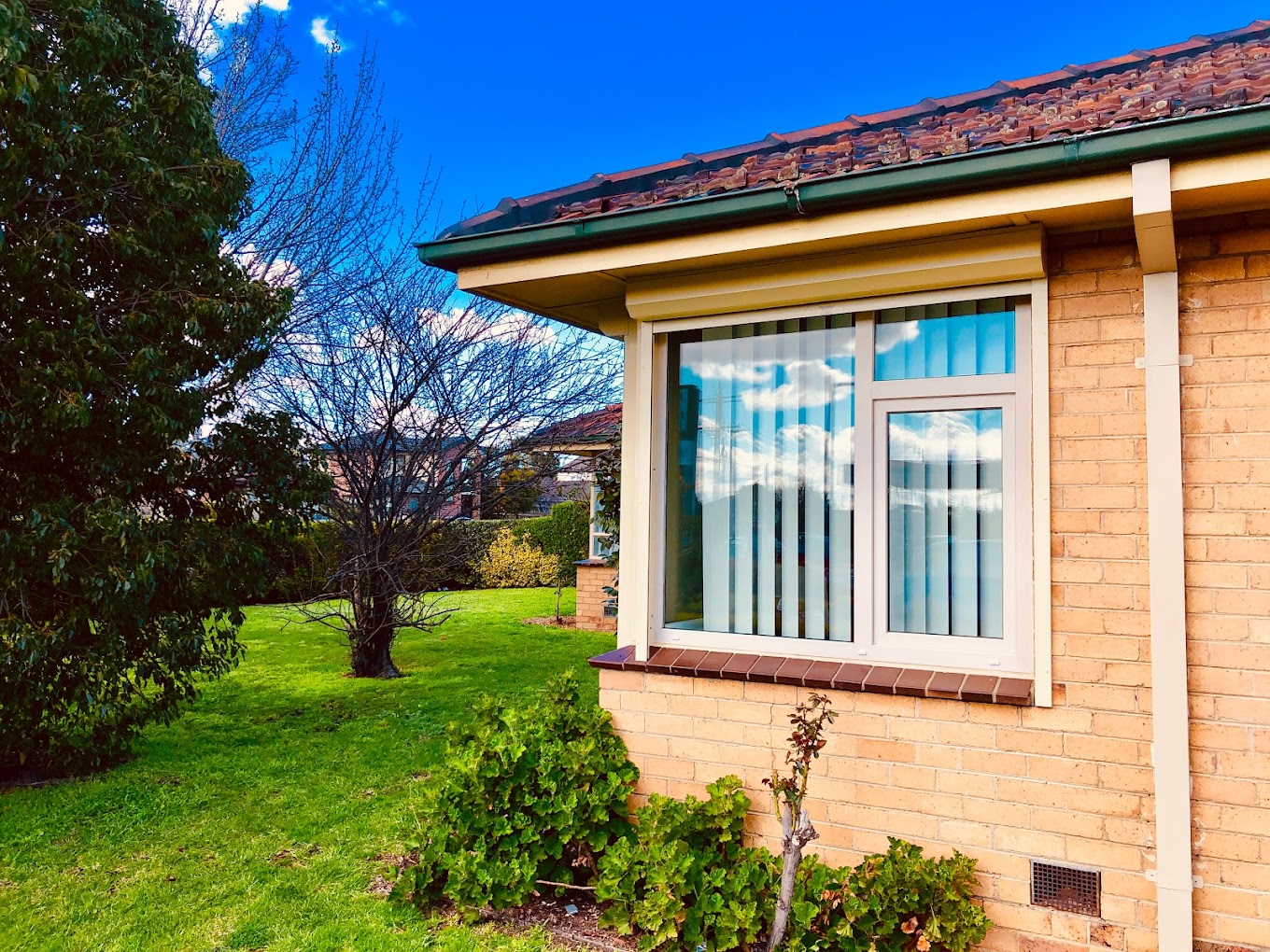All Categories
Featured
Table of Contents
Enjoy Your Summer More With Double Glazed Windows in Bull Creek Western Australia
Laminated glass is often utilized in areas in the home most vulnerable to injury from human impact such as restrooms, doors, around staircases and in locations near the floor (it meets the requirements of 'shatterproof glass' that is mandated for use in these locations by Australian Basic AS 1288 Glass in structures).
Toughened glass has been 'tempered' by being reheated and quickly cooled again. This procedure makes it much more powerful than standard glass it can resist greater effect loads before breaking. It likewise makes it more secure due to the fact that, when it does shatter, it gets into numerous little cubic pieces rather than hazardous fragments.
Why Is Double Glazing So Important In Winter? in Bayswater Perth
Toughened glass has no thermal or acoustic advantages over other glass of the same toning or thickness. Secondary glazing is where single-glazed windows are retrofitted with a transparent acrylic or glass sheet attached to the within the frame or openable sash with a secondary frame or with magnetic strips.


Secondary glazing will not perform as well thermally as a manufactured IGU, given that it is impossible to totally seal the perimeter, but it can supply great sound control. Window films are a thin polymer movie containing a taking in dye or reflective metal layer, with an adhesive backing. They stay with your glazing to change its colour or make it reflective.
Save Energy With Double Glazed Windows in Dalkeith Perth
Applied to existing glass, some window films can cut in half the general SHGC of the window by taking in and/or showing solar radiation. This can be especially helpful in hotter climates where cooling is the primary concern, or on east and west elevations straight exposed to long periods of sunshine. Window films may also decrease noticeable light transmittance.

For this factor, it is usually best to use a recognized installer of window movie. Frames have a substantial influence on the thermal performance of doors and windows, due to the fact that energy can be gotten and lost through the frame, along with through the glass. Various types of frame will enable different levels of heat gain and loss, so cautious choice of frame is crucial for efficient passive design.
What Is Double Glazing Windows And Doors? in Martin Western Australia
Nevertheless, aluminium is likewise an excellent conductor of heat and will decrease the insulating value of a glazing system, unless particularly engineered to lower this. A 'thermally broken' frame is made up of 2 aluminium sections connected by a structural insulator (usually a low-conductivity structural polymer). This 'breaks' the thermal connection through the aluminium and lowers the heat flowing through the frame.
Timber frames are a great natural insulator that can match some house styles. Timber frames should be made from types that have naturally high toughness or be treated to prevent decay and contortion.
Keep Cool This Summer Without Overusing Your Aircon. in Eden Hill WA
(weather removing) is set up.
u, PVC windows and doors have outstanding thermal efficiency Picture: Ben Wrigley (Light House Architecture and Science) Composite frames use aluminium profiles on the outer sections with either a wood or u, PVC inner area. These integrate the low maintenance and resilience of aluminium with much enhanced thermal performance.
Latest Posts
Double Glazed Windows: A Complete Guide in Kelmscott WA
How Does Double Glazing Keep Heat Out? in Lathlain Western Australia
A Complete Guide To Double Glazed Windows in Wembley Downs WA